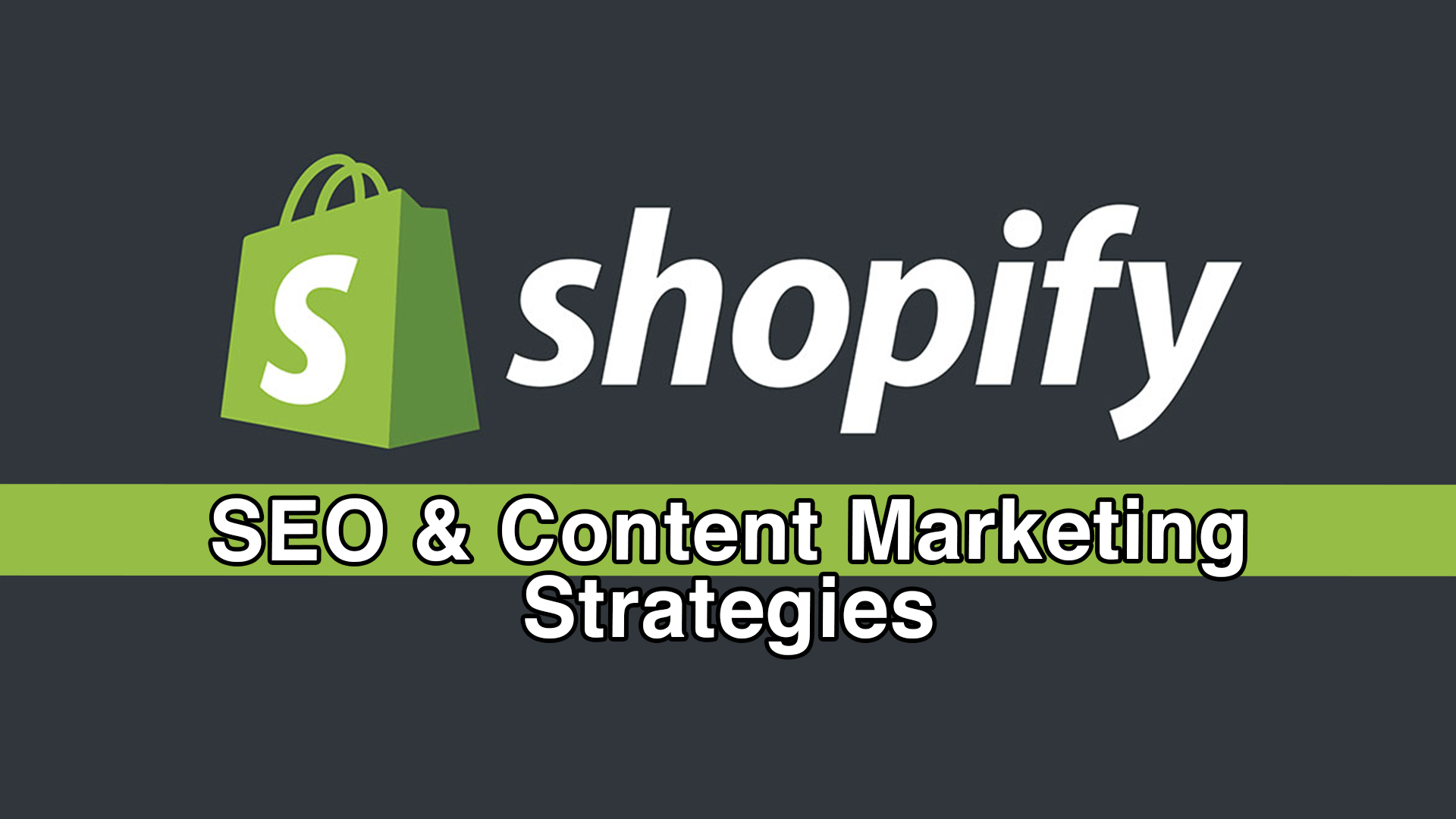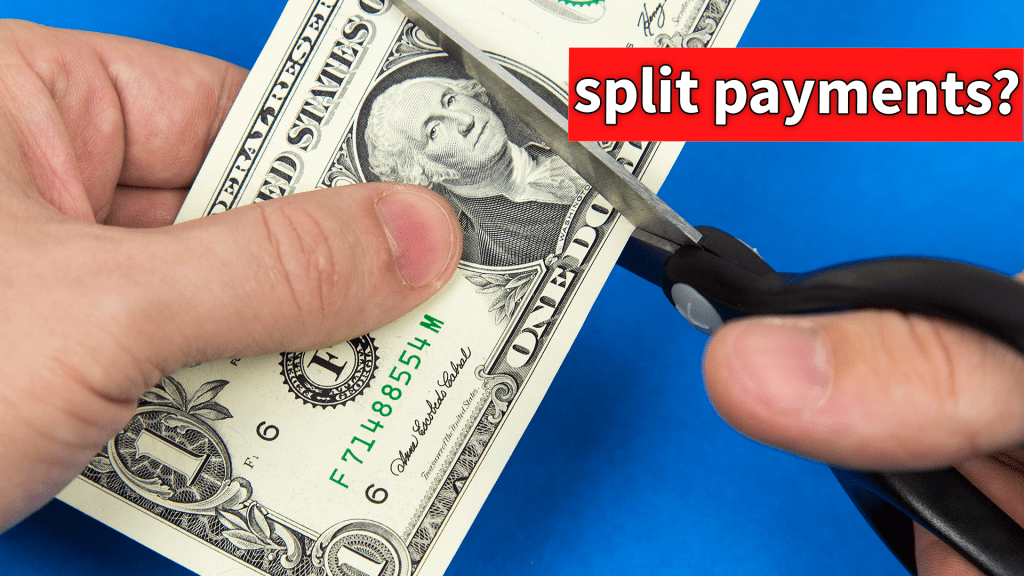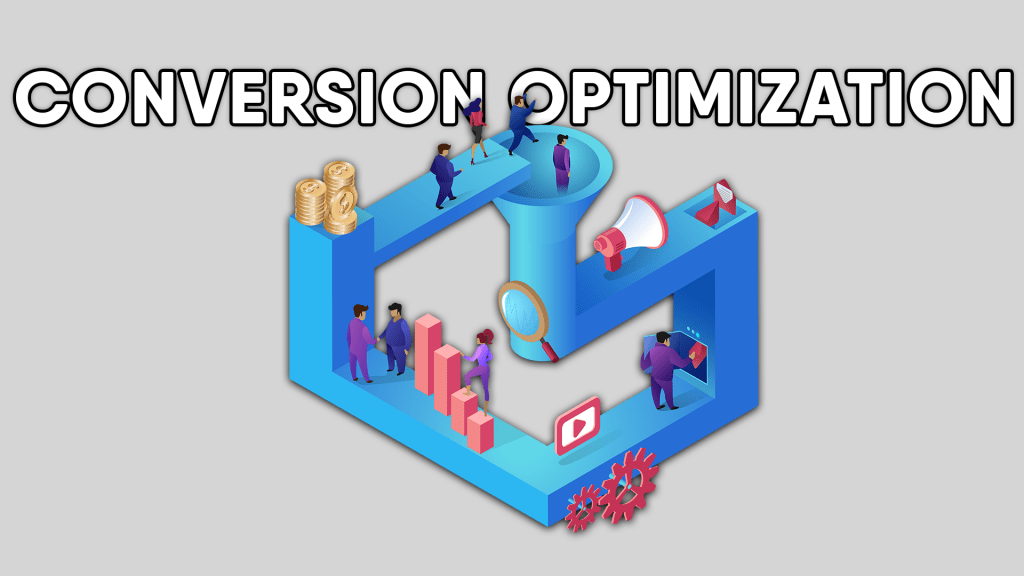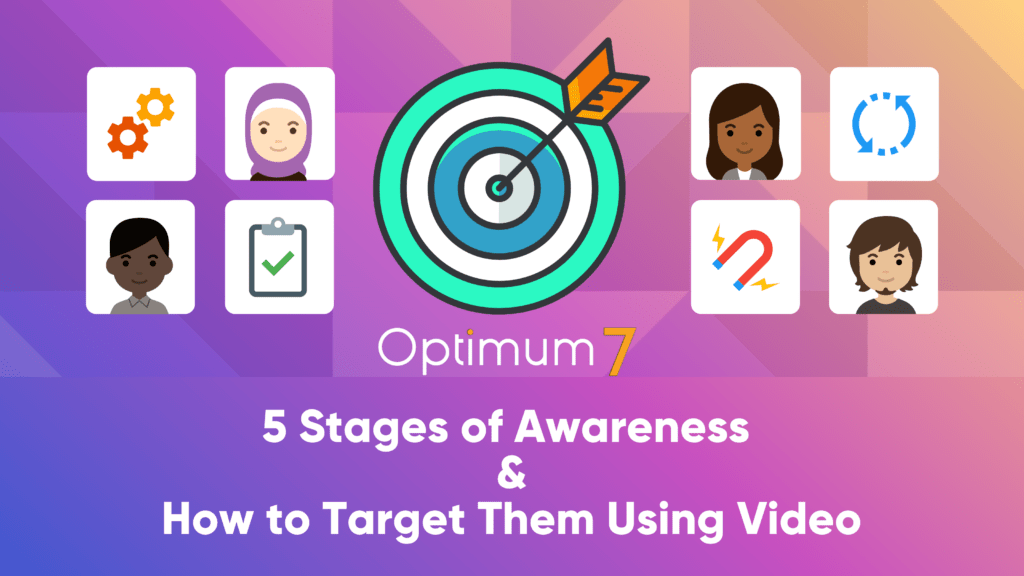We’ve been seeing a lot of metrics from our SEO clients and there are some concerning things that are happening with Shopify.
Currently, Shopify is the largest platform, and clients can still earn revenue. From a technical SEO standpoint, there are some challenges now with Shopify. They have grown without scaling. Primarily with the hosted solutions, we work with BigCommerce. We work with Shopify, some Volusion, 3Dcart, Miva. And then open source, we work with Magento, WooCommerce, some OpenCart, and we also work with custom solutions, right? When you compare all of this from an SEO standpoint, give us the top five things that you look at when you’re talking about…
Why is the platform so important for SEO?
Five aspects matter: site speed; indexation and URL structure. Number three is the ability to edit or optimize metadata in the backend. Four would be content optimization, right? So title tags, how the CMS is, the blog aspect of the backend.
And then five would also just be the ability to simply implement the proper tracking and analytics scripts, so that way you can see the proper metrics and analyze and see how you can properly start to scale.
You’re referring to the advanced eCommerce stuff with Google Analytics.
You can’t do that properly on every single page.
Some of the hosted solutions give you now the ability to just simply put in your Google tracking ID and it automatically fires all of the enhanced eCommerce elements that on an open source solution you’re going to have to manually code in. It’s definitely something that we look at as a benefit for sure.
The biggest Shopify SEO concern is Shopify page speed. The speed has a low performance. There are caching options that you could implement for your site using CDN, Shopify works with a CDN, but you’re not really getting the page speed that you need. And then the second part is a lot of the apps on Shopify really mess up the URL structure. A lot of the advanced search and filter apps just create all these parameters.
The native filter or the category structure of Shopify actually messed this up as well. Those are the two things that we’re concerned about. Why are we concerned about the URL structure so much with advanced search and focus? What we mean by that is you go and you search for let’s say shirts, and on the left navigation, you get a bunch of search and filters and Searchspring and Nextopia actually do the same thing as well.
Suppose you want to see all the white shirts. You’ll see the URL parameters showing up and that’s probably indexed, or you have to exclude that in the Google Search Console, and that’s another page that dilutes your SEO authority. Why are we so worried about that?
What these apps and search and filter, like you’ve mentioned Searchspring, which again drives me insane, what these apps do is they replace your category page. They are now loading on top of your products every single time that someone is now clicking on a certain parameter or filter. These URLs are now getting created and generated. However, the content of that page stays the same in the sense of the fixed content. So that page does not exist on the backend. There is no optimization that could be implemented on that page.
From an SEO standpoint, there is no advantage of using something like Searchspring. We know that user experience does in fact affect your SEO. However, it causes more harm than good at the end of the day. Some of these apps require large JavaScript files that then take a very long time to load on your site, and that goes into the page speed issue as well. So aside from the fact that that URL doesn’t exist on the backend so you can not optimize or create content or add additional content to that page, it’s also going to weigh your site down.
The solution to this, again, you can write a very basic script and other JavaScript script, yet another JavaScript where you can have either the unique titles and descriptions, et cetera, et cetera. But there’s the issue fundamentally that causes the low page speed, as well as the SEO indexation part of things.
Optimum7 has brought up two concerns with Shopify. One client is visible for different types of shirts. And just a few months ago, Google started showing Google local results. He’s rankings hasn’t changed. As a matter of fact, his rankings are up about nine, 10%. However, his clicks are down 50% because Google suddenly put… If you’re number four or number five, Google suddenly push you all the way to the bottom of the page because now anything shirt related you search for, you see the local businesses in Google My Business.
Guess who those are? Walmart, Target, and all the big guys, right? The intent of the search is very important. We work with a lot of pet product brands as well. And again, if you’re searching for a condition, then you’re going to need a more informational guided content rather than a product page. How are you playing around with this when you’re working with Shopify clients?
Do you look at the intent of the search as you’re doing your strategy and you’re saying, “Well, for this type of product, which is more like a solution kind of product solution to a problem kind of product, we need to do more guides.”
What’s the content process like?
It’s all about identifying search intent first, and the easiest way to identify search intent is to simply identify the keyword that you need to start ranking for and Google it. Look at the first five results on Google. What types of pages are they? Are they informative blog posts, how tos, guides, lists, or is it a category page or product page? That there is going to then tell you what type of page on your site you need to then optimize if you want a fighting chance at ranking within the top five positions. That’s a simple way of just identifying search intent.
After identifying search intent, you either implement content to support that keyword on a category page. The category page typically will have that buy intent. That’s the middle of the funnel traffic. These are people who are already educated enough to know what type of product they’re looking for and have the higher chance of converting.
Alternatively, you may need to create a piece that is a bit more informative because the individual is still in that discovery phase of the consumer journey and they’re unsure about what they need, and so they need a little bit of guidance and a little help and convincing? That’s the difference between the top funnel and the middle and bottom funnel traffic that you’re generating on the content side.
Yep. The intent is about what solution your product sells. Suppose your dog has joint pain, arthritis or mobility problems. You may Google “products for arthritis for dogs”. When conducting this search, you’ll probably see PetMD and all these informational pages show up. However, if I put dog treats, then that’s not a solution you’re looking for. The intent is very, very important because it identifies what kind of a pain you have as the consumer and Google is recognizing that. Because if my dog has arthritis, I probably want to do a little research before I buy a product.
Other than that, with Shopify, content strategy, what you’re saying is it really depends what kind of content that I’m going to create. If I see in my keyword universe the top five or top 10 is products and category pages, then I’m going to focus on those. If I feel like those are product guides and informational blogs, then I’m going to focus on those. What percentage of our clients are aware of this?
Nowadays it’s 100%.
What percentage of eCommerce businesses are aware of this?
I would say maybe 30% roughly are aware that content placement matters when it comes to intent and the type of content matters. At the same time, when you’re talking about guides or product comparisons, you’re going to see YouTube videos ranking in the top in the top results. If you don’t have an influencer that is doing a product review for you, that you can then create a blog post about, you’re going to have a very hard time ranking. It comes down to type of content and where it’s going to be placed based on the search intent.
Let’s talk about social signals a little bit, because we’ve seen this… We’ve been talking about social signals for years now, but we see it having an effect in organic search now. First of all, I’m going to make a very, very bold statement. If you don’t have a video, a custom video for every single product of yours, you might not be in business in the next three to five years, because video is huge. You look at YouTube. Look at TikTok. I think one of the first companies that started doing product reviews on a per product basis was Zappos, right?
And everybody looked at them like, “You guys crazy? You’re going to do thousands of videos for thousands of products?” And it really did pay off for them. You have to do videos, and you have to be aware of how you title and how you optimize those specific videos. Because trust us when we tell you that’s a really good real estate when somebody searches for a product or anything on Google and your video shows up. We did one recently. We are B2B again.
And you know, we did help to sell alcohol online or selling alcohol online, and that video got thousands and thousands of views. We didn’t even know that there was such a demand for something like that, right? You were on a similar boat. But I want to also talk about, yes, SEO is important, but these social signals, what is the effect or what do you think the effect of a video that’s tied to your brand, because Google knows what is your YouTube, Google knows what’s your LinkedIn, what your URL is, what your Facebook is, Instagram is, TikTok is, right?
What do you think the effect is when you go viral with a YouTube video or a TikTok video on SEO?
It has a tremendous impact on your overall authority, because that’s what they’re looking at. They want to see how many people are with your brand, not just your website, but your brand online. How many people are sharing that video, liking that video? At the end of the day, that is contributing to your overall authority online. You’re going to see an increase in organic visibility. You’re going to see an increase in not just on search engines.
You’re going to see an increase in organic visibility on Facebook, Instagram, discovery feeds, things of that nature. It’s going to have a huge impact if you can create content that is shareable.
If I do a video for Optimum7 and it goes viral and it gets watched by 10 million people, one of the first things that is going to happen is people are going to be like, “Who the hell is Optimum7 that’s mentioned in this video that got 10 million views?” They’re going to go back to Google and they’re going to search for Optimum7. We believe that that is the primary effect on your entire SEO, and correct me if I’m wrong, Joe, regardless of how optimized your freaking site is. Would you agree?
What you’re going to see is you’re going to see a spike in brand queries, people who are typing in Optimum7, Optimum7 spelled out, Optimum7 with the space in between. So that’s what you’re going to start to see, and that’s essentially what you want. You want to build the brand so that people don’t go on Google and type in pet products. They type in Joe’s Pet Food, right? Because that’s at the end of the day, what you every eCommerce business is trying to achieve.
Why see other competition on a page when that individual already knows who you are and wants to buy from you.
Do you agree then with this statement, doing videos on TikTok, YouTube that might go viral, and we’re not talking about millions of views, maybe you come up with 20 videos that get 150,000 views each, do you think that that could actually help you jump a few years in SEO if you were not doing anything from a viral standpoint?
It depends. And the reason why I say that is because it depends on the audience that views it, right? It depends on the audience that then goes back to your site to check it out. Again, if you create a video that does go viral, but it really doesn’t pertain to your brand or product offering or service offering, you’re going to see a lot of bounces. You’re going to see a lot of people that go to the site and say, “I don’t know what this is,” and get out, right? The video has to be relevant and that’s one thing that’s important.
It might not be easy to come up with something creative and relevant that could potentially go viral for your brand. I would say that if in fact it was… And we’ll use Dollar Shave Club as an example, right? That’s a perfect example of what to do if you want to see your visibility spike and go viral for something that is extremely relevant to not only your target demographic, but also your brand.
And the last thing I want to mention is it’s very important for SEO, I think a lot of eCommerce businesses ignore it, which is the guest blog posts are backlinks, right? A lot of, again, business owners in eCommerce websites are weary about getting backlinks from other blog posts. They basically want this visibility to be viral, but that’s very hard to achieve.
What do you say to clients who are doing 10, 15, 20, $30 million and they have really, really competitive keywords that they rank for, for category pages or product pages that have zero backlinks, what do you say to those?
I would say that you’re extremely vulnerable. We’ve seen time and time again that smaller brands who start focusing on their backlink profile at a very early age will then start to outrank some of these larger high domain authority, overall domain authority sites for specific interior pages, which at the end of the day, we know have higher conversion rates. You’re going to start losing money if you don’t focus on building backlinks to interior pages.
It’s not about your situation right now or where you’re ranking, which that’s how people view it. This is a primary concern that we have a lot of eCommerce businesses are like, “I don’t need to do that. I’m fine. I already get enough traffic.” They don’t consider the competition. They don’t consider the current condition of the marketplace. They don’t consider, again, all the people that are chasing you. Everybody’s trying to get you out of business. One thing that’s important to mention there is… I’ll give you an example, so you can do this.
Go to Google. Open a new tab and search for Christmas shirts. Amazon, Walmart, Etsy, Macy’s, and all of those companies will appear on the first page. In addition, you will see an Optimum7 client. The firm ranked him with authority and content. Keep that in mind when you’re doing specific SEO strategies.
One last thing for Shopify store owners. It can get very easy to go overboard and install hundreds of apps from the App Store. You need to be extremely careful with that. These apps are extremely heavy and will slow down your site significantly. Many apps’ JavaScript are automatically embedded. As a result, a third-party manager or secondary Javascript cannot compress them. This is going to automatically inject the JavaScript itself, and it’s going to slow down your site speed.
Before you install the Shopify app, first see if that app has an API that a developer can place and create the JavaScript themselves, because that way you can delay the load, you could delay the fire, or think, is this app extremely necessary? Is there additional solution? That’s all I have to say, because I’ve seen tons of Shopify store owners load up their the apps that they see, “Oh, this is cool. This is cool.”
What they don’t realize is that now they just slowed down their site speed by four or five seconds, six seconds, which it has a huge impact on your SEO. Just keep that in mind.
And that’s why we talked about the search and filter as well. Search and filter 95% of the time slows down your page loads, especially on category pages by three to five seconds.
We’re not saying not to have advanced search and filter. We’re saying do not use an out of the box solution, right? You can use, again, a custom solution with something like Algolia that our developers have the ability to compress and optimize for site speed, as well as URL structure. It’s not so much not to use a search and filter functionality. You absolutely should. It’s which approach to take, whether it’s an out of the box app or a custom build.
If you have any questions or if you need help with site speed optimization and search and filter, at Optimum7, we built our own technologies for this because of this very problem. Reach out to us.




